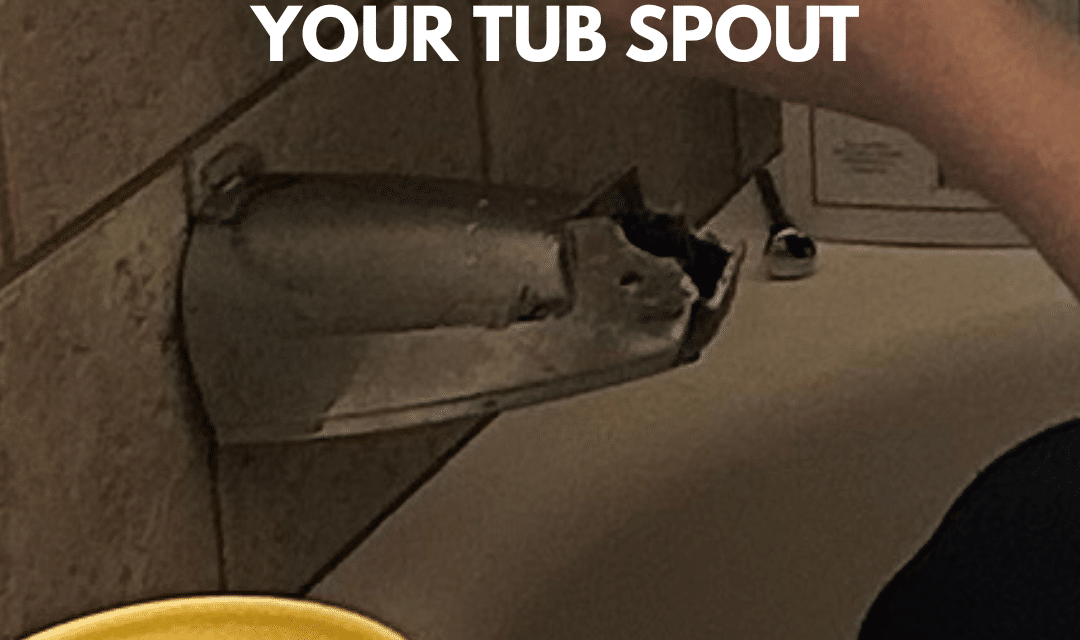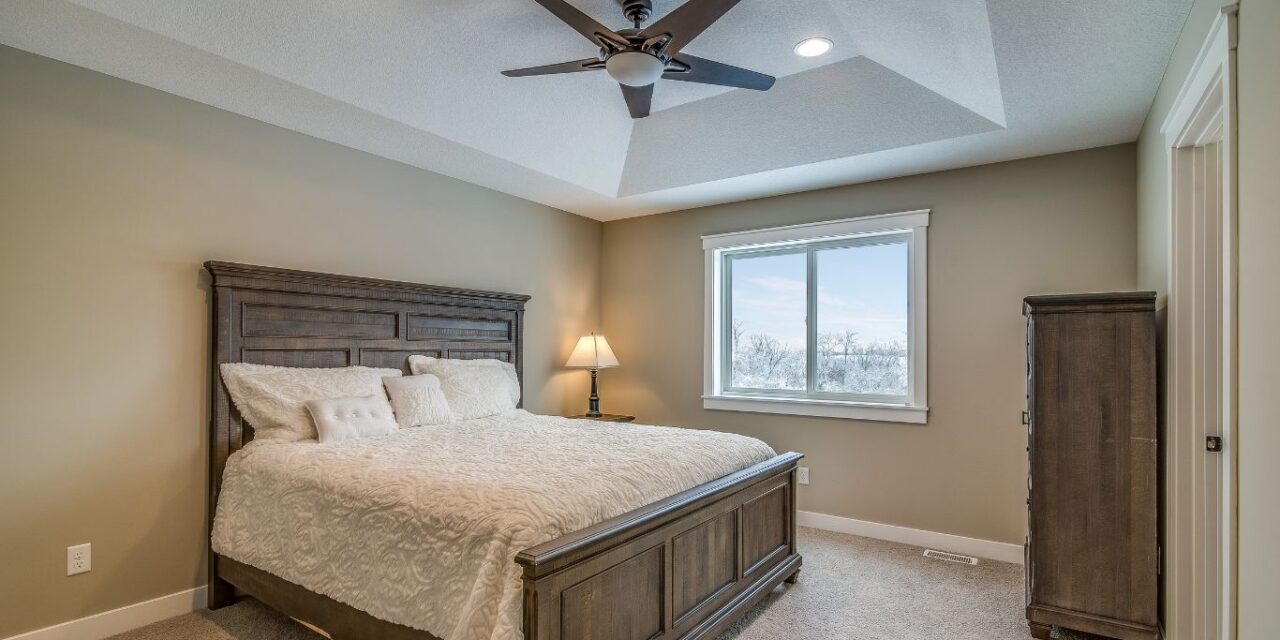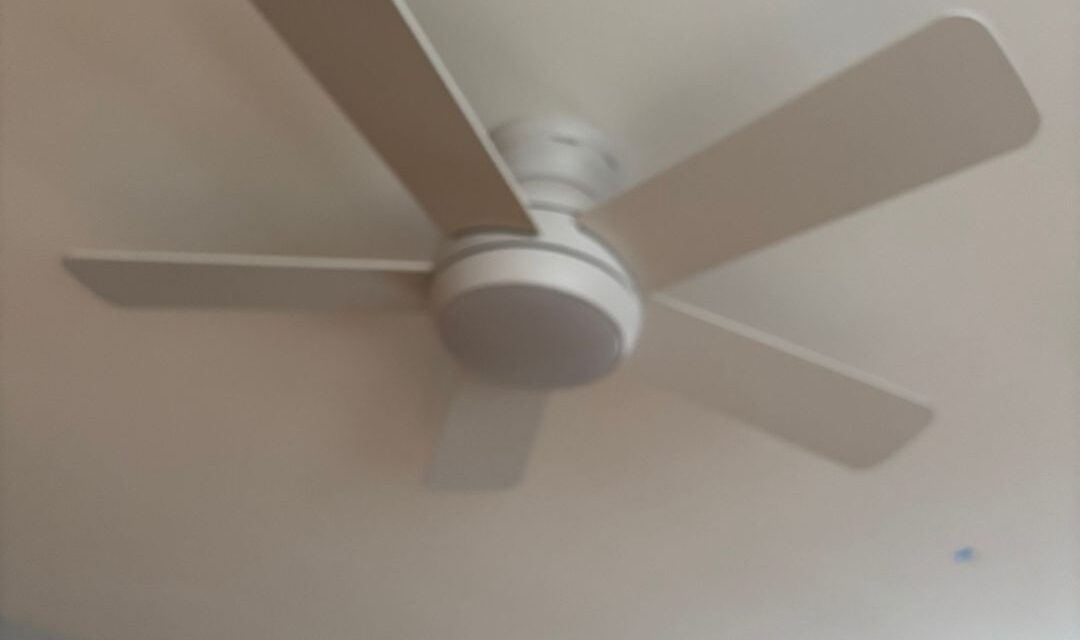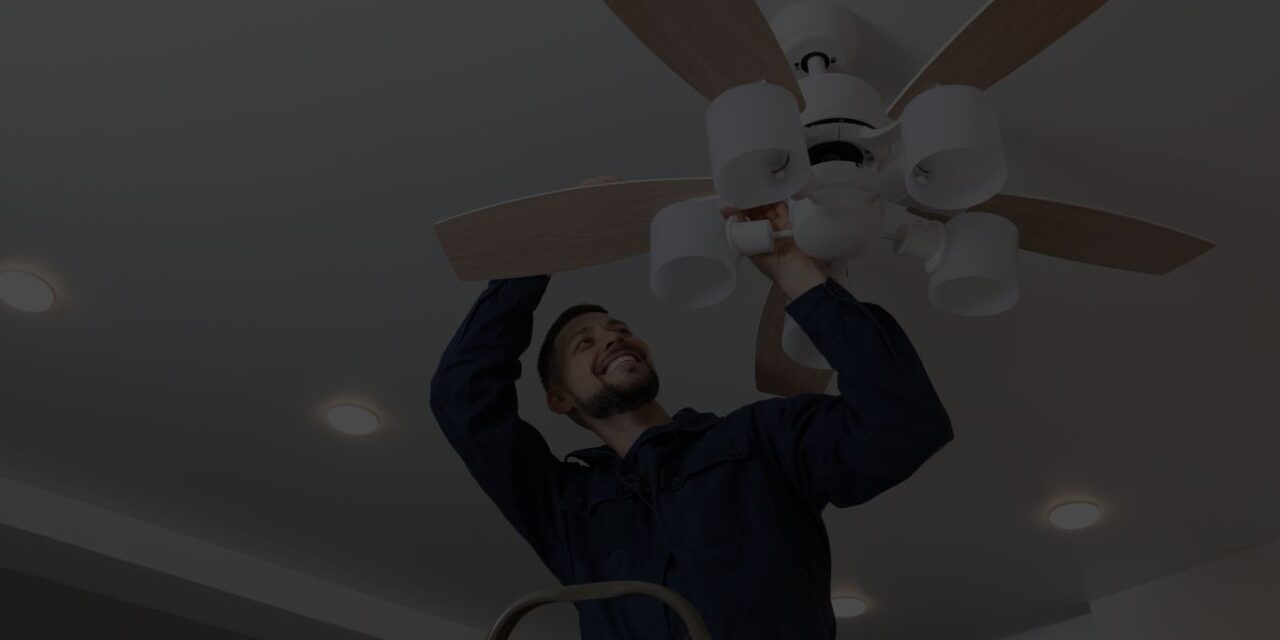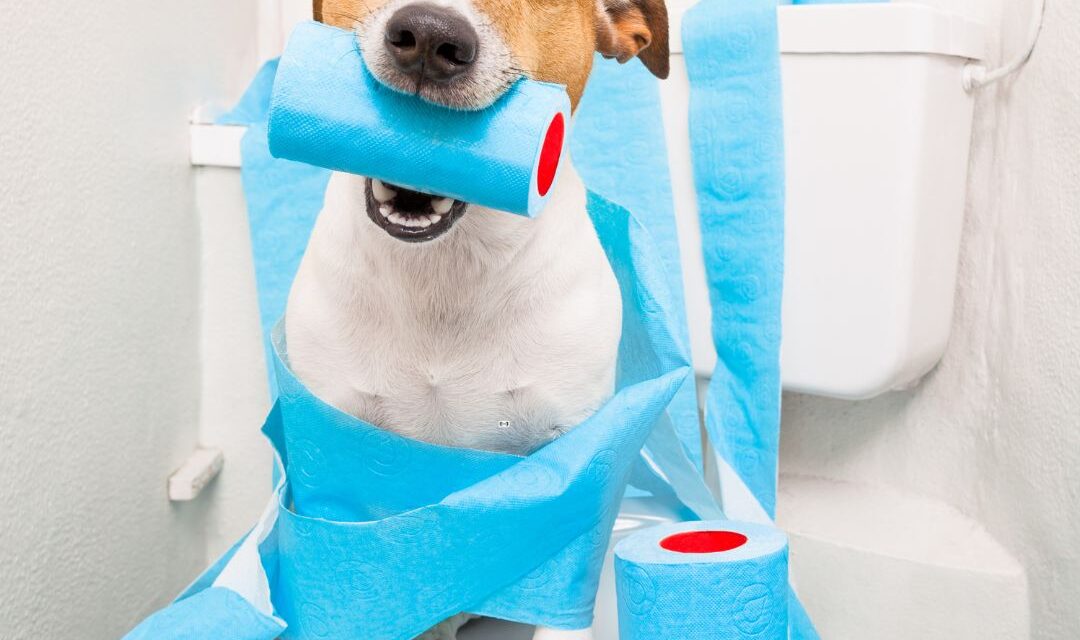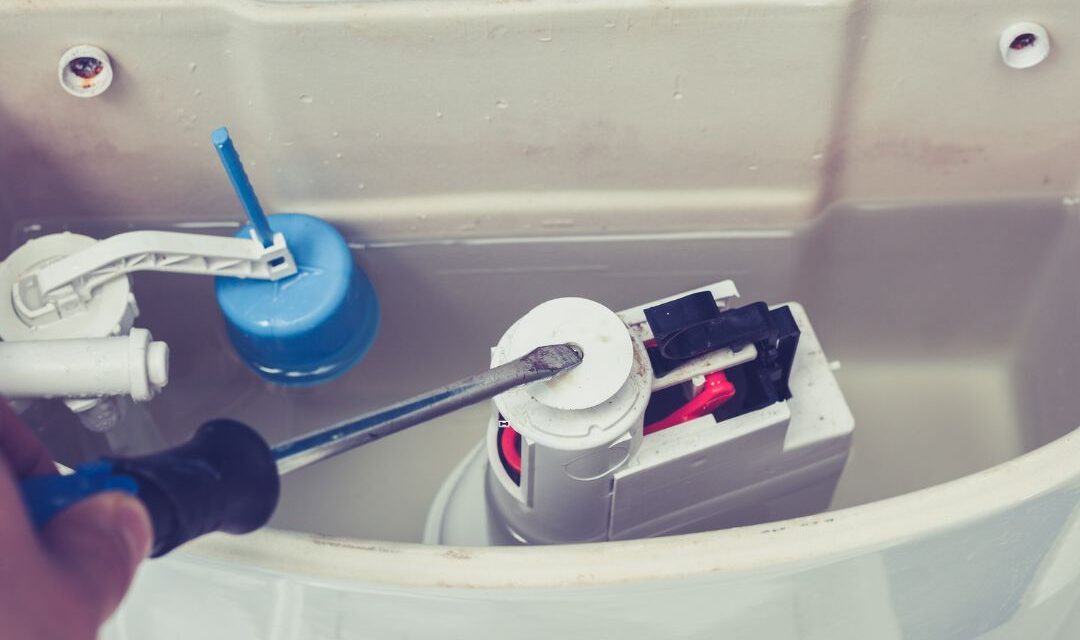If your tub spout is leaking, the cause is almost always one of four things: a worn washer or O-ring, a failing cartridge, a broken diverter, or a loose/corroded connection behind the wall. The fix ranges from a simple spout swap to a valve repair depending on when the leak occurs and where the water...

